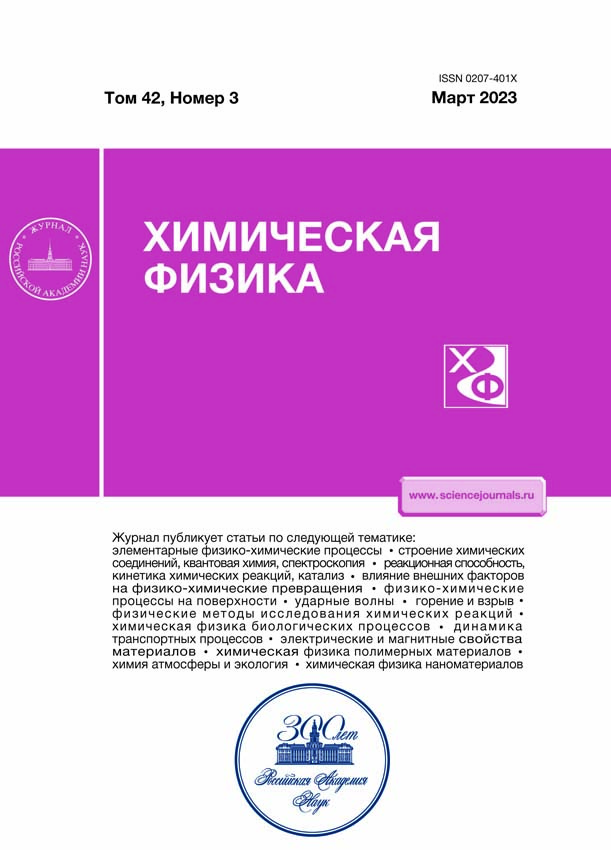Аннотация
The hot-spot mechanism of double-base gunpowder combustion at atmospheric pressure is studied using film photography and thermocouple measurements. The dynamics of the development of the hot spot, a transverse wave of limited extent, propagating along the surface of the sample, is studied. The local frontal and normal propagation velocities of the transverse combustion wave are measured as a function of time. From the analysis of temperature distributions in the condensed phase of the wave, obtained with the use of thermocouples, the normal combustion rates are determined and the corresponding combustion surface temperatures are calculated. The resulting spread of velocities is explained by the evolution of the profile of the transverse wave front passing through the thermocouple. Taking into account the time variation of these combustion rates, the observed temperature distribution of the heated layer of the condensed phase is plotted. When analyzing the mechanism of propagation of transverse waves, data on the wave parameters and their dependence on pressure and the average combustion rate from the previous works of the authors were used.
















